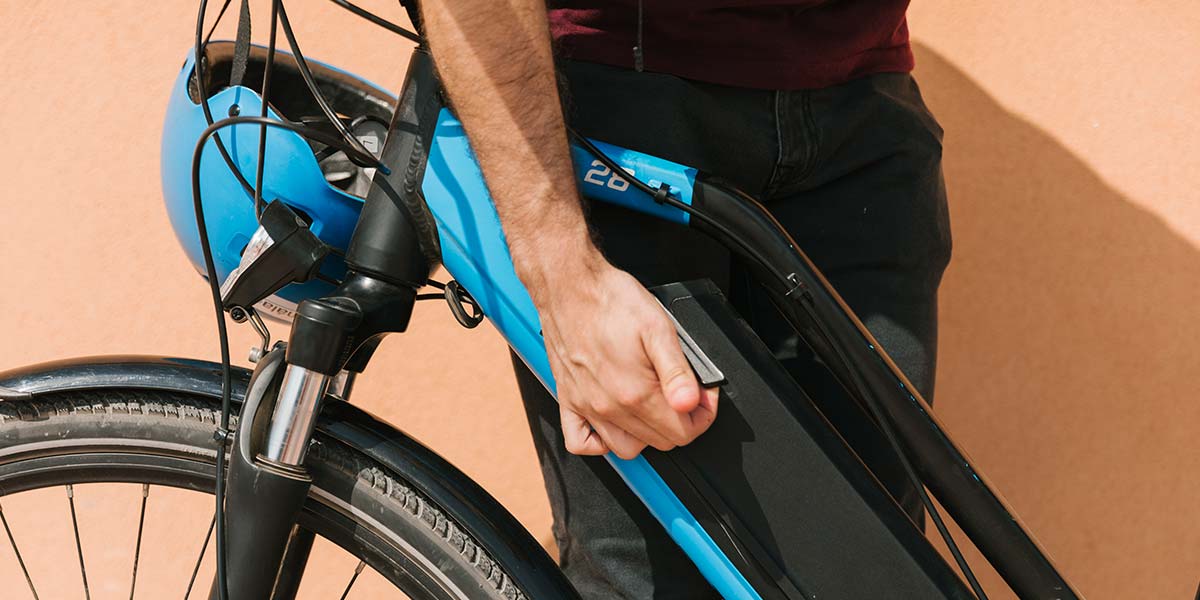Electric bicycles, often known as e-bikes, have gained immense popularity in recent years as a sustainable and efficient mode of transportation. At the heart of every e-bike is the battery, a key component that determines range, performance and overall usability. In this blog, we will explore the world of e-bike battery technology in more detail to help you better understand what you need to know when choosing and maintaining an electric bike.
Types of batteries on e-bikes
E-bike batteries come in several different types, the two most common being lithium-ion (Li-ion) and lithium-polymer (LiPo) batteries. Let's take a closer look at each of them:
Lithium-ion (Li-ion) batteries: These are the most common types of batteries on e-bikes due to their high energy density, long life and relatively light weight. Li-ion batteries are known for their stable performance and are widely used in various industries.
Lithium Polymer (LiPo) Batteries: LiPo batteries are lighter and more compact than Li-ion batteries, making them a popular choice for sleek and lightweight e-bike designs. However, they tend to be less durable and have a shorter lifespan.
Capacity and range
The capacity of an e-bike battery is measured in watt-hours (Wh) or ampere-hours (Ah). The higher the capacity, the more energy the battery can store, resulting in a longer driving range. When choosing an e-bike, consider the purpose and how often you plan to travel. A larger battery capacity is important for long drives or off-the-beaten-path rides.
Charging and maintenance
Proper battery maintenance is critical to the longevity and performance of your e-bike.
Here are some important tips:
Charging: Always use the charger supplied by the manufacturer to charge the e-bike battery. Overcharging or using the wrong charger can damage the battery.
Storage: If you are not going to use your e-bike for a long time, store the battery in a cool and dry place, ideally with a charge level between 30% and 60%. Avoid leaving the battery fully charged or fully discharged for long periods of time.
Extreme temperatures: Batteries work best in moderate temperatures. Avoid exposing your e-bike to extreme heat or cold as this can affect battery performance.
Regular use: Regular use of your e-bike is recommended to maintain battery health. Lithium-ion batteries are especially used in cycles (partial discharge and then charge).
Battery life and replacement
E-bike batteries are not immortal and their efficiency will decrease over time. The average life of a well-maintained battery can be from 2 to 5 years, depending on the use and quality of the battery. When you notice that your battery's range is decreasing significantly, it may be time to consider replacing it. Fortunately, most e-bike manufacturers offer replacement batteries that are compatible with their models.
Understanding e-bike battery technology is key to making an informed choice when purchasing an electric bike. Consider the type of battery, its capacity, and your maintenance habits to ensure you get the most out of your e-bike battery.
With proper maintenance, your e-bike battery can provide you with years of eco-friendly and efficient riding pleasure, making it a worthwhile investment for both everyday riding and recreational cycling.











